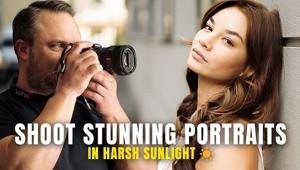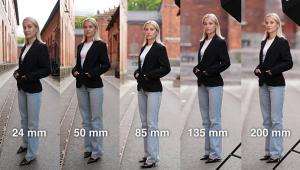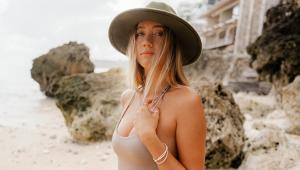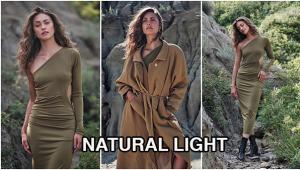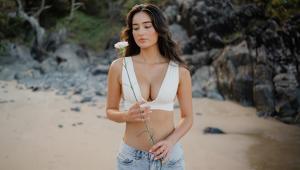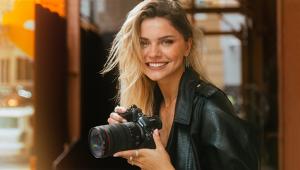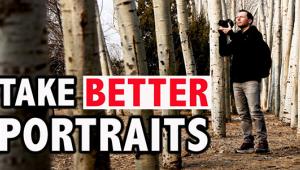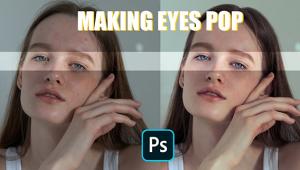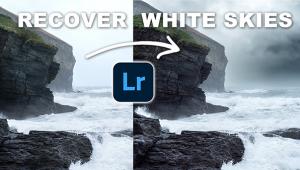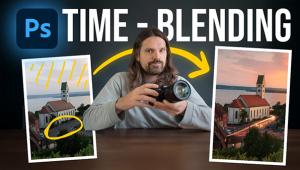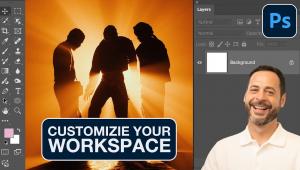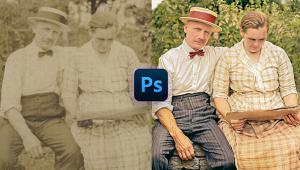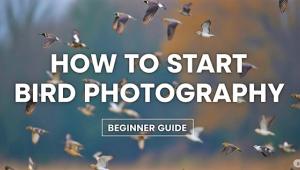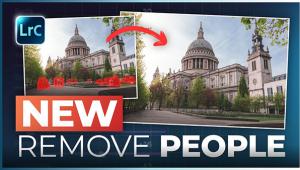Capturing Beauty: Stunning Portraits of Women Around the World in "The Atlas of Beauty"

(Editor’s Note: This story was adapted, with permission, from The Atlas of Beauty: Women of the World in 500 Portraits by Mihaela Noroc, © 2017. It is published by Ten Speed Press, a division of Penguin Random House, Inc. In this excerpt from the book, photographer Mihaela Noroc discusses her background and explains her project.)
I’ve spent most of my life in Bucharest, the capital of Romania, a place roughly equidistant from Western Europe, Asia, and Africa. The 1990s, when I was growing up, were difficult years in Eastern Europe, with a lot of unemployment and poverty. As a result, my family moved often. Almost every year I would be sent to a new school, have to get used to a new neighborhood and make new friends. Back then, I struggled each time I had to leave one group of friends for another, move from one flat to another, but years later I realized that this gave me the capacity to adapt in so many new environments.
My father is a painter, so I spent my childhood surrounded by his paintings, enjoying the diversity of colors. When I was 16, he gave me an old, second-hand film camera. I was too shy to go on the streets and take photos of strangers, so my first subjects were my mother and my sister. That’s how I started to photograph women, in a natural and very low-key way. At night, when my family was sleeping, the bathroom was mine and I would transform it into a darkroom to print my photos.
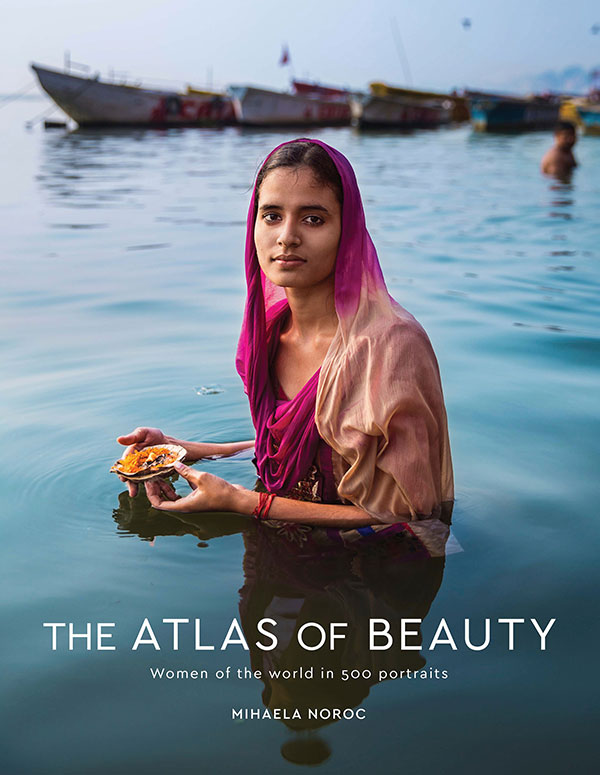
I went to college to study photography, but received little encouragement from my professors. These were the years of the digital boom, when everybody started buying cameras and I saw myself as just another average photographer surrounded by millions of others. I felt that the world didn’t need another mediocre artist, so I quit photography. I took work in other fields for money and a practical future, without really enjoying what I was doing.
For years I felt that I was in the wrong place, but didn’t have the power to escape. Then in 2013 a trip to Ethiopia changed my perspective. I brought along my camera, just like any other tourist.
Right away, I was fascinated by the women I saw during that vacation. Some were living in tribes, just as nonchalant about nudity as their ancestors had been generations before. Others were part of conservative communities, covering their heads. And still others, in the big cities, were embracing modern life.
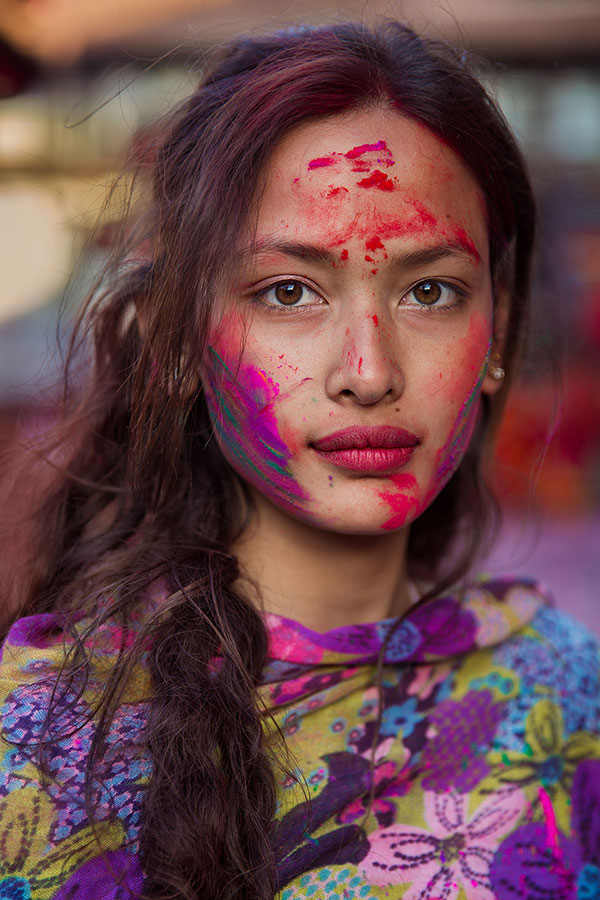
Most of them were struggling and working hard, sometimes facing discrimination as women. But in these harsh environments, they were shining like stars—with dignity, strength, and beauty.
If there’s so much beauty and diversity in one country, what about the rest of the world? I wondered. I realized that the wonderful women of our planet need much more attention, and that true beauty is more than what we so often see in the media. In that moment, I started to dream again, and found the strength to break from my comfort zone, quit my job, and go back to photography. I started to travel, take photos and, little by little, I regained my self-confidence.
In the beginning, The Atlas of Beauty was just a small, personal project, funded with my savings, known only within my own country. I traveled on a very low budget, as a backpacker, mingling with the locals and trying to understand their cultures.
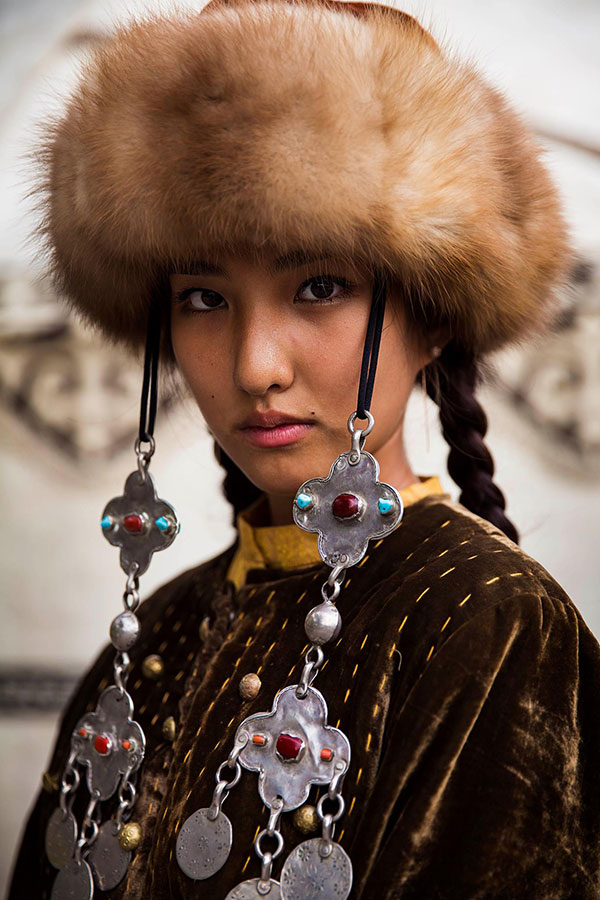
After a while, the project took off on social media, something I had never imagined would happen. Millions of people were looking at my photos, and my email inbox filled up with messages from around the world. Sometimes people even recognized me on the street. Some thanked me, saying that I changed their way of looking at women. I was particularly happy that not just women, but also men, were interested in my work.
I now had a mandate: I would have to work harder, capture more diversity, and find more inspiring stories in order to send a message that really would be heard. People from all over began to donate to the project, allowing me to continue my work independently.
Traveling to so many fascinating places has given me some of the best times of my life, but also the most challenging. I’ve been close to war zones and wandered through dangerous slums. I’ve been freezing, overheated, emotional. I’ve been out of money, and I’ve been ill while far from the comforts of home. But meeting so many incredible women kept me moving forward on my path with enthusiasm.
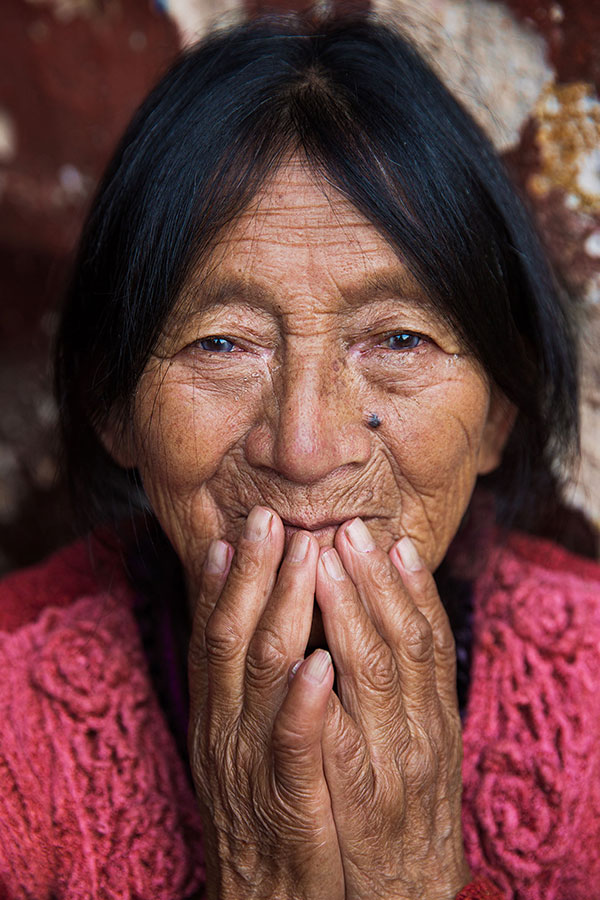
I’ve been refused by hundreds of women whose portraits I had hoped to take, and I saw how discrimination and societal pressure weigh on the shoulders of so many. Some were simply scared to be photographed, even if they might have loved it. Others were not confident enough. But I’m very grateful to all the women I met, whether they said yes or no to my proposal. Sometimes we spent a few seconds together, other times hours, but from each of them I learned something.
I owe everything I am today to these women. Each encounter taught me to be a better person, to see beauty everywhere, and in everything, not just on the surface. I always use natural light for my photos, trying to create a feeling of coziness, and to capture that magic moment when a woman opens up, so I can dive into her eyes and capture her inner beauty too.
When I say “beauty,” I mean more than the beauty that we often see today, which is usually about sexual attractiveness, in the service of selling something. If you put the words “beautiful woman” into Google, you’ll see mostly images of seductive women: mouths pouting or lips parted; hands pushing their hair into a bed-head tangle; not many clothes at all. But in this book you will see that beauty means much more.
I think that beauty is about being yourself, natural and authentic, about letting people see what is inside of you. Today it is not always easy to do that, because there’s so much pressure on women to look and behave in a certain way. In some environments, it is the pressure to be modest and cover up as much as possible. In others, by contrast, the pressure is to look attractive. But in the end, each woman should be free to decide how to present herself, and to explore her own beauty without feeling pressure from the outside world.
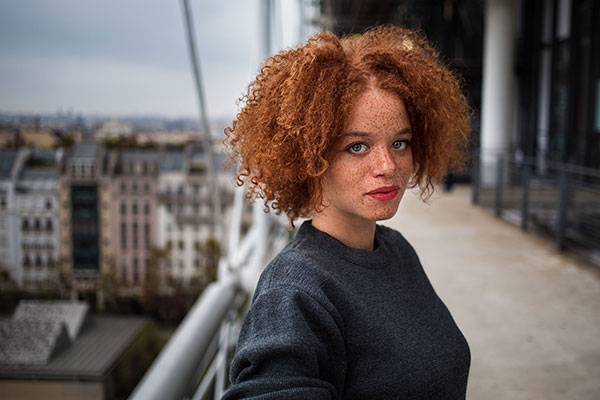
So many times I approached women who told me that they don’t feel beautiful, or that they should be dressed up and wear make-up to be photographed. Fortunately, after I posted their photo and story on my social media, receiving thousands of “likes” and lovely comments, they understood how special they are. They needed a little shot of fame to recognize their own beauty.
Beauty, as I see it, can teach us tolerance, honesty, and kindness, and our world needs these values more than ever.
My new book takes the reader to many diverse environments. I’ve traveled through Afghanistan, Iraq, Iran, and North Korea as well as the United States, France, and Brazil. And I realized that although we are so different, there’s something deeper that connects us all as human beings. In the end we are all part of the same beautiful family. We shouldn’t build walls between us, based on gender, ethnicity, color, sexual orientation, or religion, but find paths that connect us to work together—women and men—and make this world a better place.
